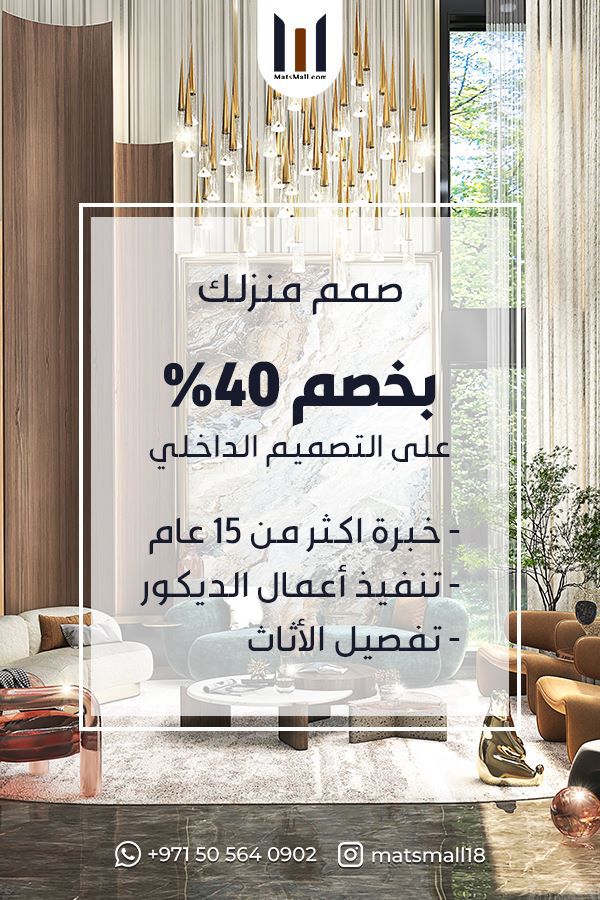Sustainable interior design is not just a trend; it’s a responsible and necessary approach to creating spaces that are both beautiful and environmentally friendly. As the world becomes more conscious of the environmental impact of our choices, sustainable interior design offers a way to reduce our carbon footprint while maintaining a high standard of living. In this comprehensive guide, we’ll explore what sustainable interior design is, how to apply it in your home or office, and the numerous advantages it brings.
What is Sustainable Interior Design?
Definition
Sustainable interior design is the practice of designing interior spaces with consideration for environmental impact, focusing on energy efficiency, use of sustainable materials, and waste reduction. It aims to create spaces that are not only aesthetically pleasing but also promote a healthier environment and sustainable living.
Key Principles
- Energy Efficiency: Using energy-efficient lighting, appliances, and HVAC systems to reduce energy consumption.
- Sustainable Materials: Selecting materials that are renewable, recycled, or have a low environmental impact.
- Waste Reduction: Minimizing waste through recycling, upcycling, and choosing durable products.
- Indoor Air Quality: Improving air quality by using non-toxic materials and promoting natural ventilation.
- Water Conservation: Implementing water-saving fixtures and appliances.
How to Apply Sustainable Interior Design
Step 1: Assess Your Space
Begin by evaluating your current space to identify areas where you can make sustainable improvements. Look for opportunities to improve energy efficiency, use more sustainable materials, and reduce waste.
Step 2: Plan Your Design
Create a design plan that incorporates sustainable practices. This includes choosing eco-friendly materials, energy-efficient lighting and appliances, and considering the overall environmental impact of your design choices.
Step 3: Choose Sustainable Materials
Opt for materials that are renewable, recycled, or have a low environmental impact. Examples include bamboo, reclaimed wood, recycled glass, and natural fibers like wool and cotton.
Step 4: Implement Energy-Efficient Solutions
Use energy-efficient lighting such as LED bulbs, install energy-saving appliances, and consider using smart home technology to manage energy consumption. Ensure your HVAC system is efficient and well-maintained.
Step 5: Focus on Indoor Air Quality
Select paints, finishes, and furnishings that have low or no VOCs (volatile organic compounds). Use natural ventilation and indoor plants to improve air quality.
Step 6: Water Conservation
Install water-saving fixtures such as low-flow toilets and faucets. Consider using a greywater system to recycle water for irrigation.
Step 7: Incorporate Natural Elements
Bring the outdoors inside by incorporating natural elements like plants, natural light, and materials like stone and wood. This not only enhances the aesthetic appeal but also promotes a connection with nature.
Advantages of Sustainable Interior Design
Environmental Benefits
- Reduced Carbon Footprint: Sustainable design reduces energy consumption and greenhouse gas emissions.
- Conservation of Resources: Using renewable and recycled materials helps conserve natural resources.
- Waste Reduction: Sustainable practices minimize waste production and promote recycling and upcycling.
Economic Benefits
- Energy Savings: Energy-efficient solutions lead to significant savings on utility bills.
- Increased Property Value: Homes and offices with sustainable designs often have higher property values.
- Long-Term Savings: Investing in durable, high-quality materials reduces the need for frequent replacements and repairs.
Health Benefits
- Improved Indoor Air Quality: Non-toxic materials and better ventilation reduce indoor air pollution and related health issues.
- Enhanced Well-Being: Natural elements and better air quality contribute to a healthier and more comfortable living environment.
- Reduced Stress: A connection with nature and a well-designed space can reduce stress and improve mental health.
Social Benefits
- Community Impact: Sustainable design practices promote environmental awareness and responsibility within the community.
- Positive Image: Businesses and individuals who adopt sustainable practices are viewed positively, enhancing their reputation.
Sustainable Interior Design Trends
Biophilic Design
Biophilic design focuses on incorporating natural elements into the interior space to create a strong connection with nature. This can be achieved through the use of plants, natural light, and organic materials.
Upcycling and Repurposing
Upcycling involves transforming old or discarded items into new, functional pieces. This trend not only reduces waste but also adds a unique and personal touch to the interior design.
Minimalism
Minimalism emphasizes simplicity and the use of fewer, but higher quality, items. This approach reduces clutter and promotes a more sustainable lifestyle by focusing on essential and durable products.
Smart Home Technology
Integrating smart home technology can enhance energy efficiency and sustainability. Smart thermostats, lighting systems, and appliances can be programmed to optimize energy use and reduce waste.
Case Studies
Residential Example
A homeowner in California transformed their mid-century home into a sustainable oasis. They installed solar panels, used reclaimed wood for flooring, and incorporated a greywater system. The result was a beautiful, eco-friendly home with significantly reduced utility bills.
Commercial Example
An office building in New York City underwent a sustainable redesign, incorporating energy-efficient lighting, recycled materials, and a rooftop garden. This not only improved the building’s energy efficiency but also provided a green space for employees to enjoy, boosting morale and productivity.
Sustainable interior design is a holistic approach that benefits the environment, economy, and individual well-being. By making thoughtful choices in materials, energy use, and waste management, we can create spaces that are not only beautiful and functional but also contribute to a healthier planet. Whether you’re redesigning your home or office, consider the principles and practices of sustainable interior design to make a positive impact.


